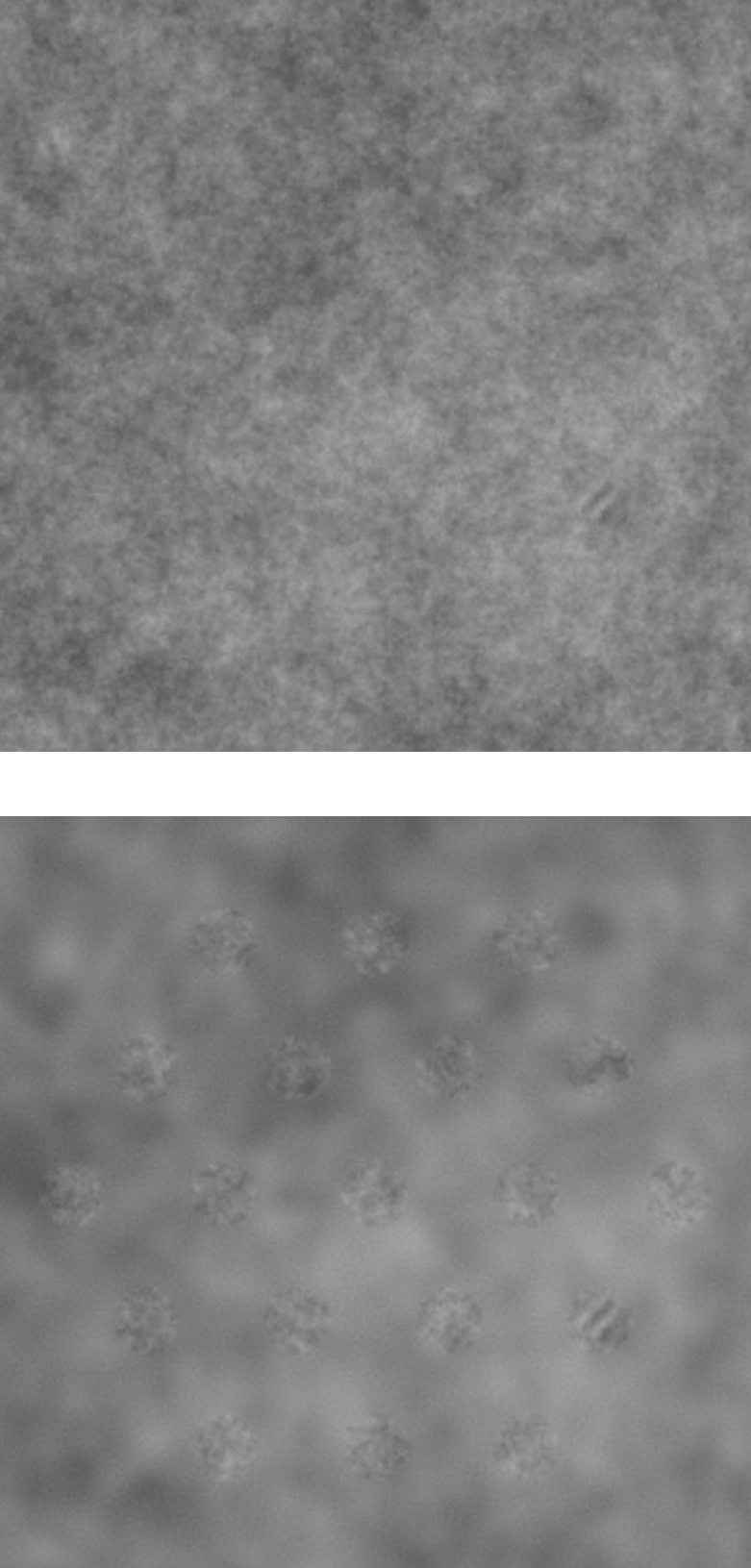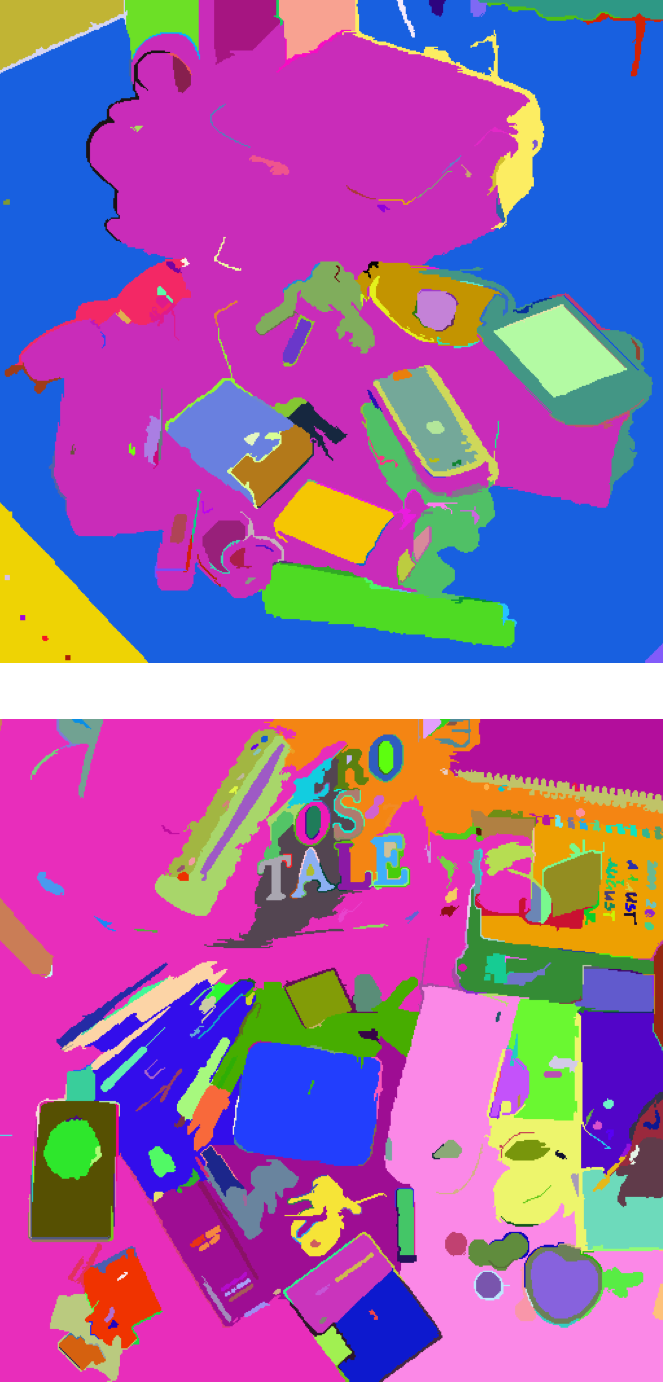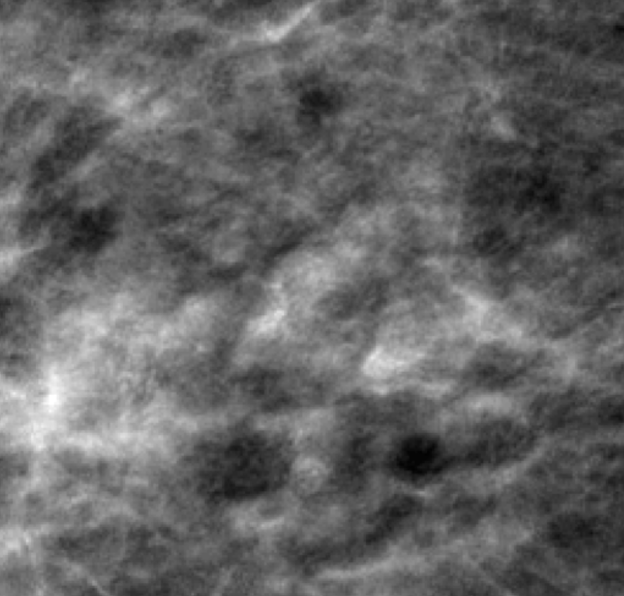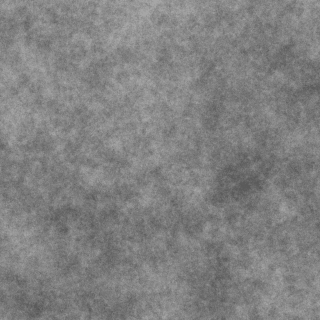I am fascinated by human observers' ability to process visual information. Computers can think of million possible options for the next move while playing Go but they are still pretty bad at recognizing objects, for example. But humans can process scenes within milliseconds. How amazing is that?
In vague terms, my ultimate goal is to understand aspects of human visual system. My research is aimed at what limits visual system, and how and when it overcomes these limitations to maximize its performance. In specifics, I study the mechanisms of peripheral vision and visual search using computational models (e.g., ideal observers) and behavioral techniques (e.g., eye-tracking and psychophysics). The signal detection theory lies at the heart of my research (Oh yes, vision is probabilistic!).
Projects
I'm a follower of
Open Science movement.
Most of my code (model and analysis) is (if not, will be) available at
github.com/yldsmzr.
Position uncertainty and visual search

One of the fundamental properties of visual search is the uncertainty regarding the position of the search
targets. This uncertainty can arise from extrinsic or intrinsic sources. Extrinsic position
uncertainty is a property of the task and it can easily be manipulated by changing the number of possible target
locations. Intrinsic position uncertainty is a property of the observer and it arises from
the limitations of human visual system. As a result, it can not be directly manipulated. This project examines
the role of intrinsic position uncertainty on visual search. We designed an experimental technique that modulates
the distribution of clutter in synthetic noise displays (i.e., 1/ƒ ) while keeping extrinsic position uncertainty fixed.
Additionally, we developed a constrained ideal searcher model, in which the searcher is limited by intrinsic
position uncertainty measured for human observers. Our findings from the model and human searchers suggest that
intrinsic position uncertainty impairs overt search performance.
Our paper on this project can be found here.
A Python implementation
of the ideal searcher can be found at github.com/mmmlab/ipu_searcher.
Clutter and search in natural images

Artificial stimuli provide a controlled environment, in which strong predictions
about the search performance can easily be made. However, this method provides only limited information on
how observers search in more naturalistic contexts. This question is challenging because the number
of variables that can be controlled decreases rapidly as the search environments get more naturalistic. For example,
in natural scenes, objects appear in various positions and orientations; and they can easily occlude
one another. Additionally, the amount of clutter in natural scenes cannot be manipulated as in artificial
stimuli. We need to measure the existing clutter in natural images, which brings us to the next challenge.
As the amount of clutter increases in a scene, so does the set size (i.e., possible target locations).
In fact, clutter has been proposed as a conjugate to set size in natural images. However, we need to disambiguate
clutter from set size. By taking upon these challenges, this project examines the effect of clutter on search performance
for categorical targets.
A MATLAB
implementation of the clutter metric can be found at
github.com/mmmlab/clutter_metric_code.
Search for multiple targets in probabilistic environments

Active visual search involves search for targets in environments where the probability of target occurances varies in local regions. It is evident in both human and animal search behavior and it is analogous to foraging. This process requires negotiating costs and rewards associated with each action. This project investigates human search performance for multiple targets in probabilistic environments and examines whether humans are sensitive to underlying probability distributions. We model possible search strategies and compare model performance to human performance.
Texture statistics in mammograms

This project examines the performance of radiology experts when discriminating between normal and abnormal breast tissue and seeks to characterize a diagnostic signal using texture analysis. It involves both synthesizing tissue sections (e.g., image on the right) and working with radiology experts. Performance is characterized by ROC curves constructed from log likelihood ratios (LLRs).
Collaborators
- Melchi M. Michel, Department of Psychology, Rutgers University, New Brunswick, NJ
- Aysecan Boduroglu, Department of Psychology, Bogazici University, Istanbul, Turkey
- Jeremy Wolfe, Harvard Medical School and Brigham & Women's Hospital, Cambridge, MA
- Karla K. Evans, Department of Psychology, University of York, York, UK
- O. Daglar Tanrikulu, Department of Psychology, University of Iceland, Reykjavìk, Iceland
- Nicholas Kleene, Department of Psychology, Rutgers University, New Brunswick, NJ
- Kimele Persuad, Department of Psychology, Rutgers University, Newark, NJ
- Xiaoli He, Department of Psychology, Rutgers University, New Brunswick, NJ
